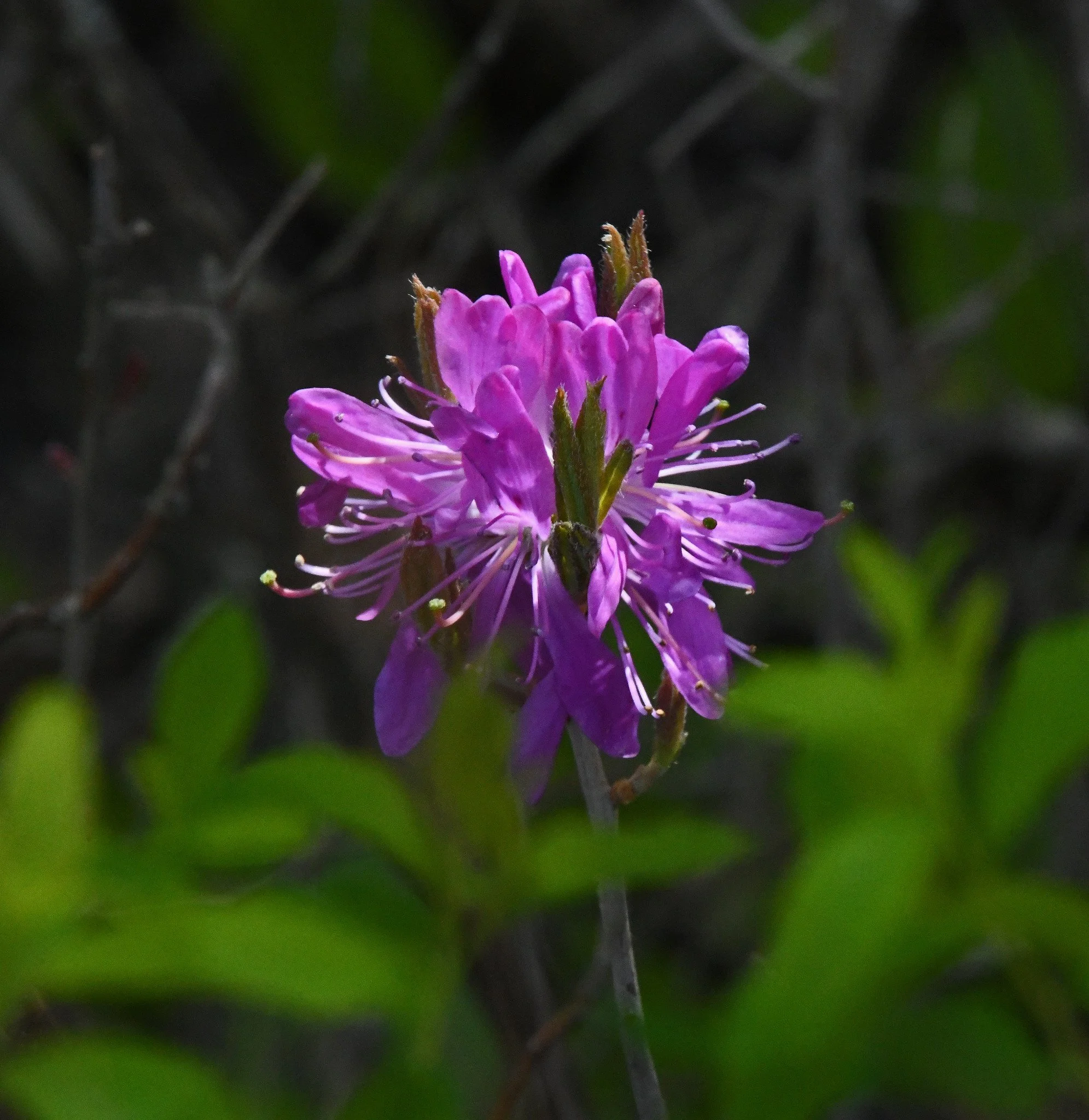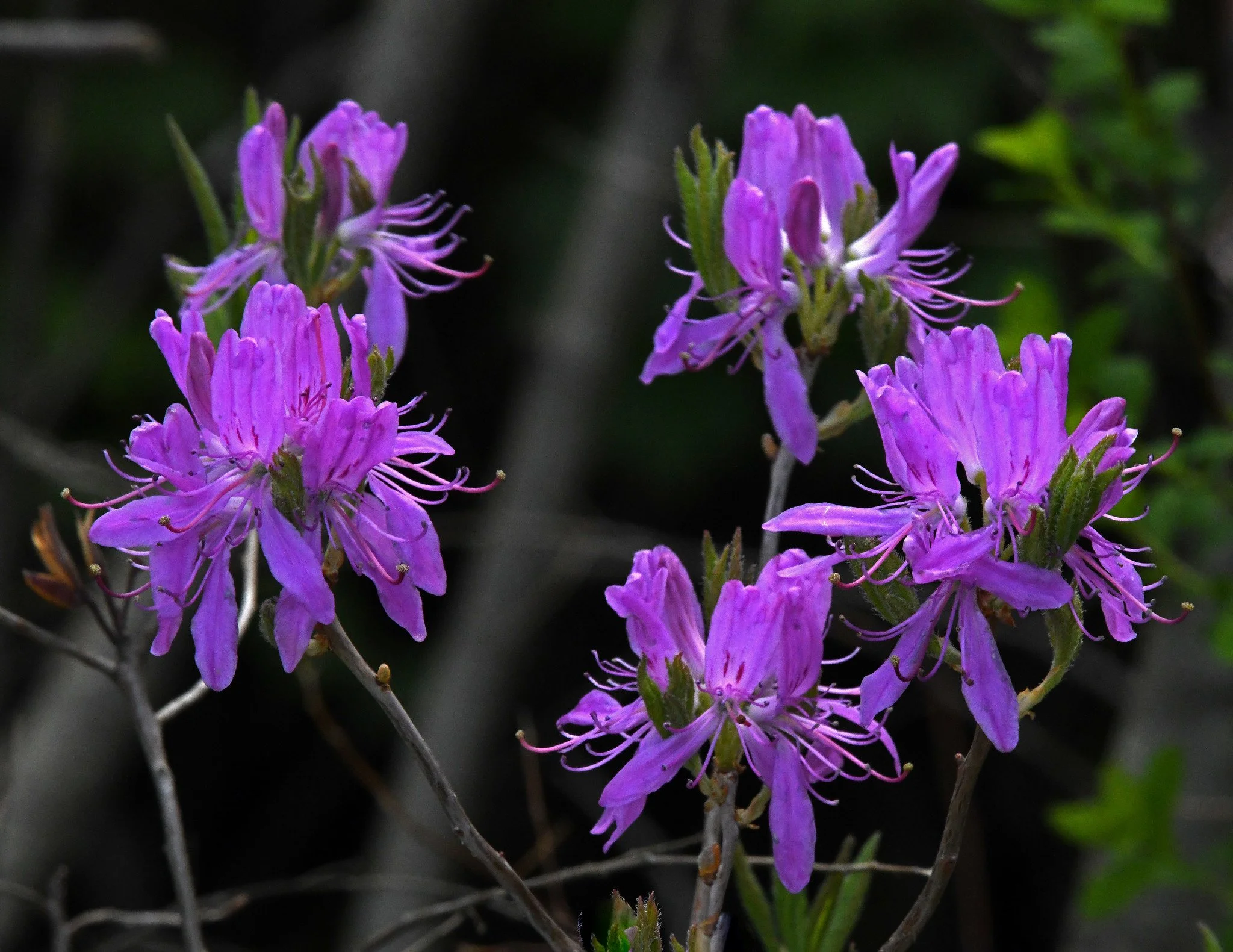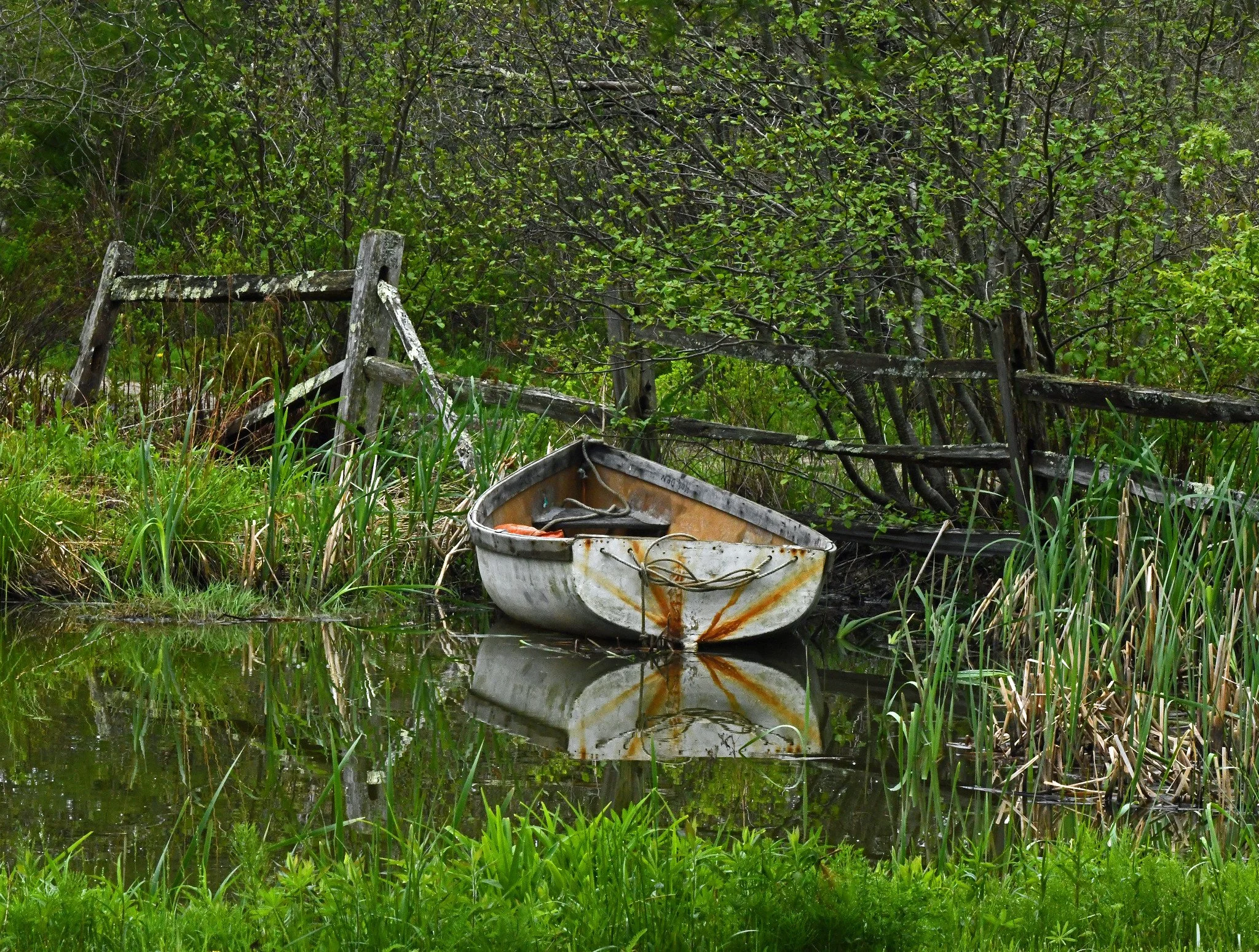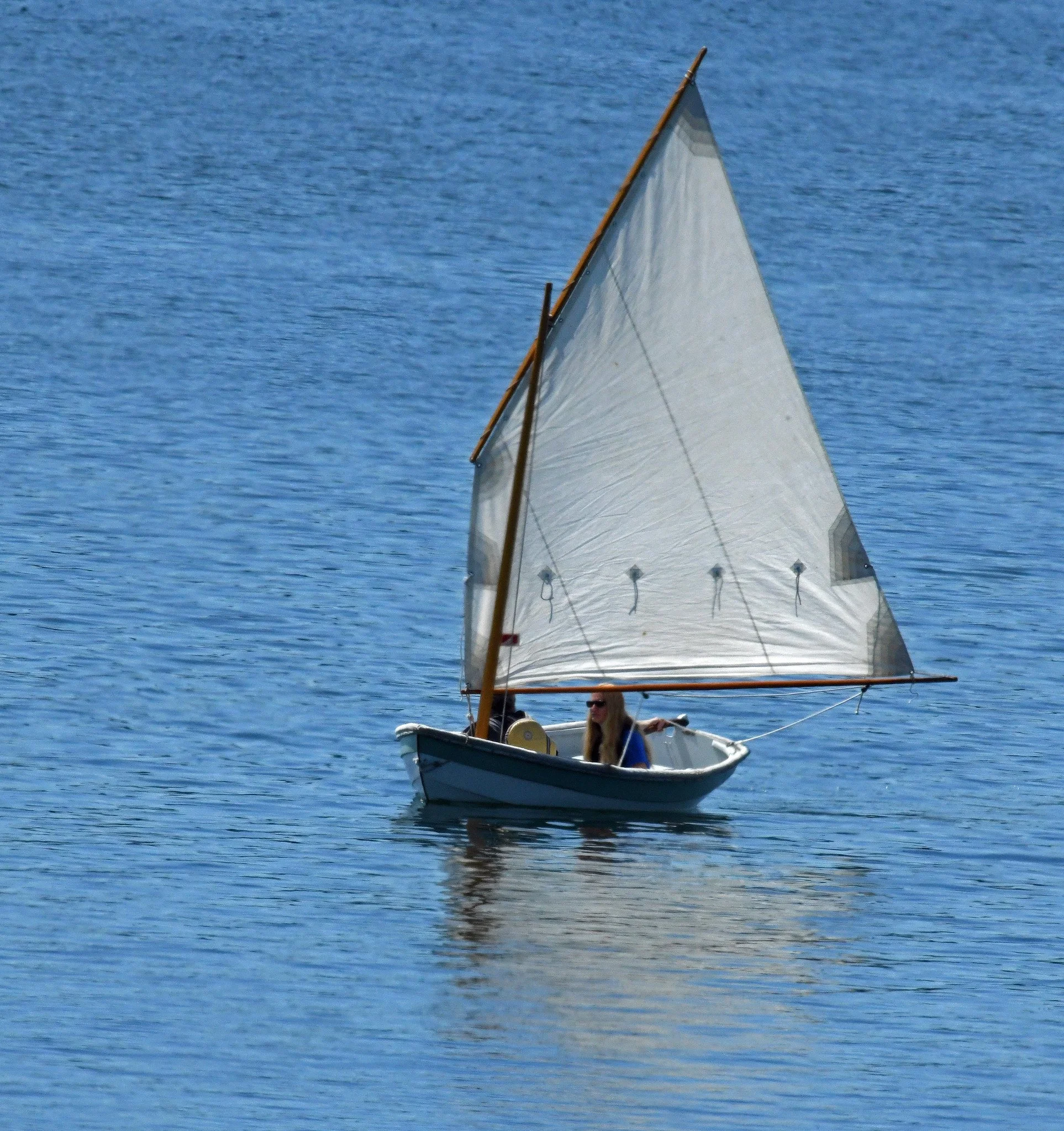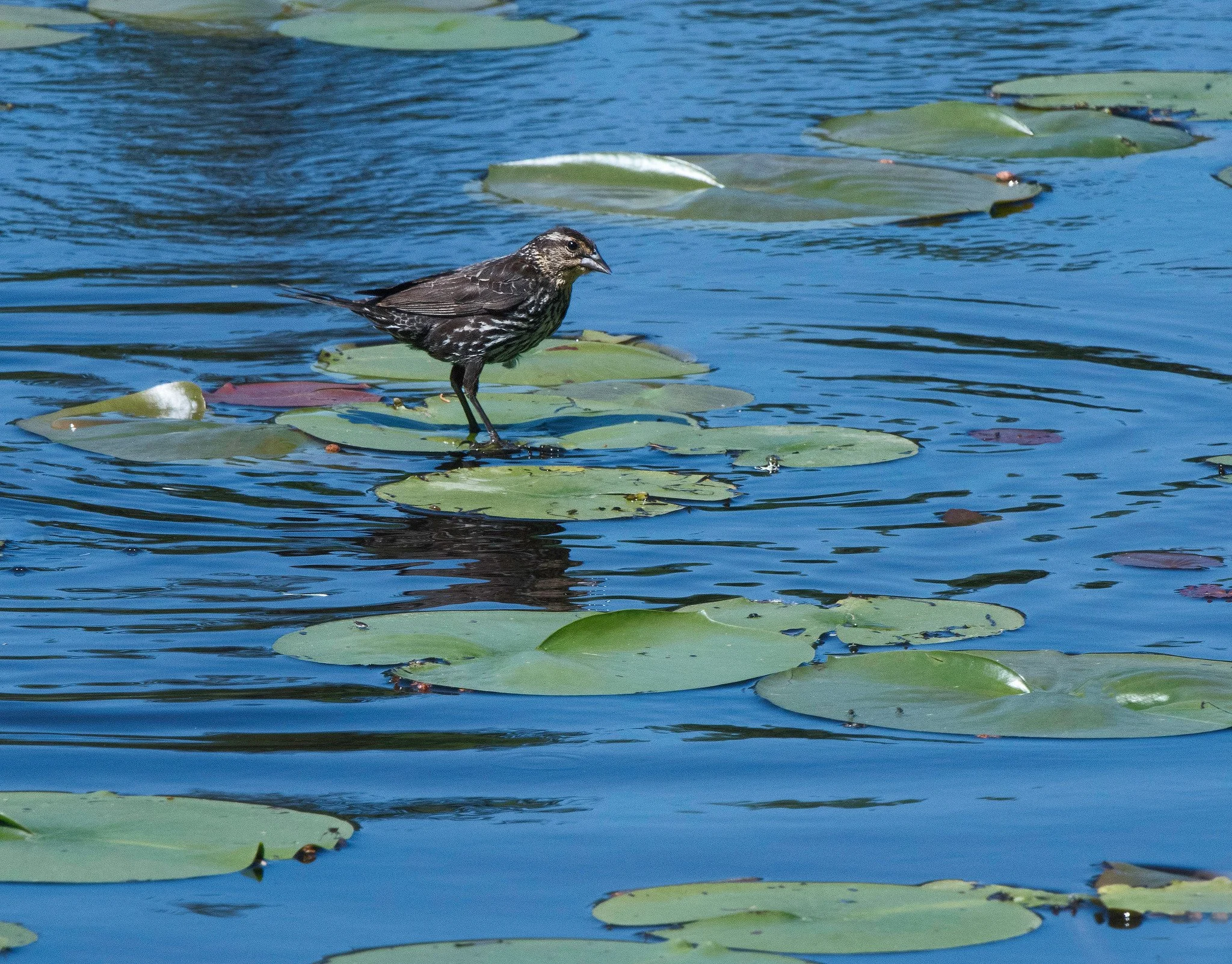Two Alumni Work Weeks began at the WoodenBoat School campus on May 15 and will end May 28. This popular tradition involves WBS alumni taking a spring vacation here and helping to ready the School’s classrooms and boats for its 2022 courses, which begin May 29 this year.
Above, we see a colorful part of the WoodenBoat School’s collection of small jewels being readied yesterday for the sailing class season, which begins June 19. Most of them hibernated during the winter in the WBS boat shed:
(Images taken in Brooklin, Maine, on May 23, 2022.)







